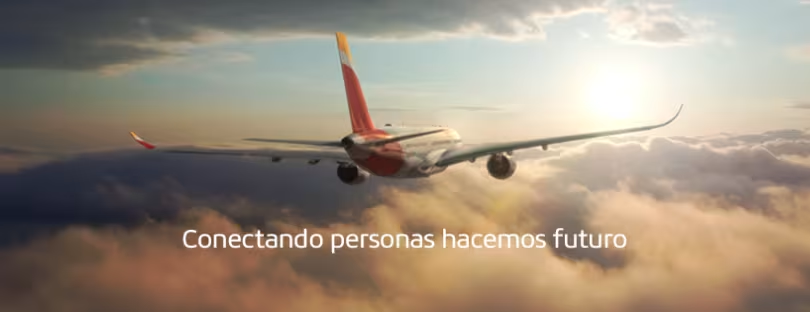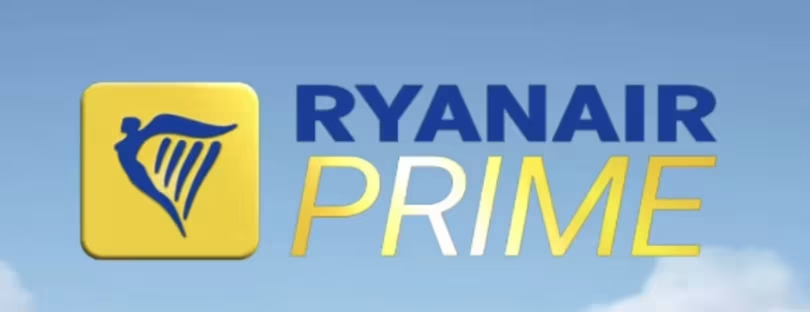
Why in-flight internet is still hard to get and so expensive?
Most passengers want to work online above the clouds, posting posts on their social networks or streaming videos—to have internet in flight. The technical possibilities are still limited.
Some companies, such as the budget airline Ryanair, still do not offer Wifi / Wi-Fi on board. For the rest, the bandwidths are low and the prices are higher. The airlines are fixed in their price policy, so on the highest possible additional income, they also hold up for the already almost natural on-the-ground service.
52 percent of passengers are interested
According to a survey by the German digital association Bitkom from the summer, every eighth German (13 percent) in the aircraft has already used the Internet. According to the representative survey, a further 52 percent of the respondents are of fundamental interest. Only about a third—mostly older people—showed no interest in the Internet during the flight.
There are two ways a plane receives a signal to connect its passengers to the internet:
- Line-of-sight connection, also known as Air-to-Ground or ATG;
- Satellite.
ATG is an on-the-ground cellular network of towers around North America that transmit beams to aircraft passing through areas of coverage.
The plane has a server on board that transmits the forward signal to a local area network (LAN), just as you have at your office or home. Each passenger’s device connects separately to the LAN, with routers placed throughout the cabin.
In a nutshell, an aircraft passing through a tower’s radius of coverage connects to the internet by receiving “forward signals” (internet going up to the plane) and “receiving signals” (passengers sending email, browsing, etc.) A signal travels from the tower to the plane, then onward to the passenger via the plane’s LAN. And then, with a click of a mouse, data makes the return trip.
Satellite internet is a whole different beast. First, a satellite internet connection is much faster than an ATG connection but also more expensive. Internet connectivity is beamed from the ground to a network of satellites on either the Ka or Ku band, which are particular portions of the electromagnetic spectrum.
The German specialist portal Teltarif has analyzed a wide and confusing offer on various airlines. It is billed according to time, sometimes by data volume or by data speed. The prices also vary greatly from rare free offers for small amounts of data (Emirates) to fees of more than 50 euros, which are due at Swiss for a data packet of 220 megabytes. This can be used, for example, to stream music for four hours.
Different handling
For some companies (Emirates, Singapore, SAS), the use of the on-board network is at least included for business and “first class” customers. Others leave the customers free only on their own advertising page. A special way flies Norwegian, which offers a free basic version and only for faster data delivery requires a surcharge.
Deutsche Telekom mobile customers can also dial into the WLAN networks of the aircraft on European flights operated by Lufthansa, Eurowings, and Austrian without pre-booking and pay 99 cents for 10 minutes. Outside Europe, the service is available on many routes from Lufthansa, KLM, Air France, Singapore Airlines, British Airways, Japan Airlines, and American Airlines.
Attention internet in flight
Because of the high cost, Bitkom experts advise Christopher Meinecke in general before the flight to be smart about the respective offers of the airline. Also, you should consider what exactly you want to do with the device during the flight.
On long-haul flights, the Internet has been offered to passengers since 2003. Technically, the signals initially came exclusively via satellites in the jets, which move at high speeds, usually at a distance of more than ten kilometers from the earth’s surface.
European Aviation Network – EAN internet in flight
Only last year, a component on the ground was added in Europe: Around 300 LTE base stations of the “European Aviation Network (EAN)” spit out of 28 EU member states with Nokia technology into the sky and together with satellites of the British manufacturer Inmarsat hybrid network. According to German Telekom, it offers on-board a transmission rate of currently 75 Mbit / second. That’s clear enough for a live TV stream or video conferencing.
So far, however, only the British Airways mother, IAG, has opted for the new technology, which is gradually incorporated into the jets of the group airlines and Vueling. Customers have already been able to use the service on around 35,000 flights, Telekom says. Although Lufthansa has certainly expressed interest, the EAN technology for “well-suited” has also been explained. However, Lufthansa and Deutsche Telekom have not yet been able to agree on the exact terms of the contract, as both sides confirm.
After all, 137 of the approximately 170 Lufthansa medium-haul jets in the Airbus A320 family still carry the heavy humpback antennas for conventional satellite radio. A renewed conversion seems quite expensive. The smaller and, above all, significantly lighter EAN antennas could therefore first be tested on the latest A320neo aircraft, which are currently entering the fleet after Airbus delivery problems.
You can check out inflight WiFi prices here.










